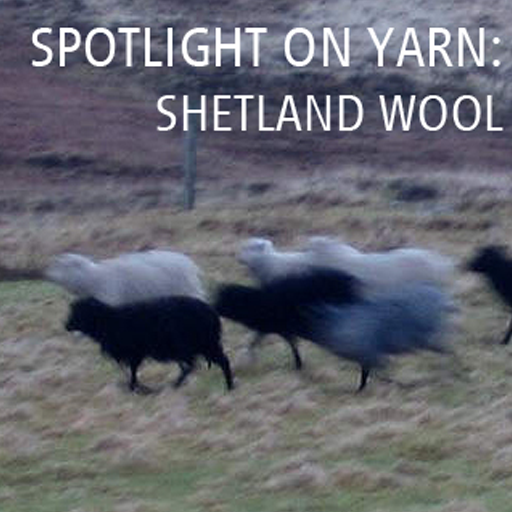
SHETLAND WOOL FACTS
- Shetland Wool is 100% natural and undyed
- Genuinely from Shetland sheep (most Shetland wool are from other breeds)
- Shetland sheep live on the Shetland Islands, North of Scotland
- The coats of Shetland sheep allow them to withstand the harsh climate
- The sheep roam free
- Fibre average diameter is 23 microns
SHETLAND WOOL BENEFITS
- Hard-wearing
- Light shower-proof
- Light-weight
- Comfortable
- Wind-proof
SHETLAND WOOL STORY
"Shetland Wool, taking all its properties together, is perhaps the completest article of the kind in the universe, possessing at the same time, the gloss and softness of silk, the strength of cotton, the whiteness of linen, and the warmth of wool." Sir John Sinclair, 1790
Found mostly in the Shetland Islands, in the North Sea off the coast of Scotland, the Shetland Sheep, or 'Peerie' sheep as it is known locally is the smallest of the British breeds. This breed is believed to be of Scandinavian origin, most probably brought to Shetland by the Vikings who settled there over a thousand years ago.
The Shetland Islands are constantly being blasted by the wind, creating a barren landscape that is very poor in nutrients. The Shetland Sheep have therefore adapted to be very hardy and agile and able to withstand the harsh weather conditions of the North Sea. They are allowed to roam freely over the island; they graze on the wild organic greenery and can climb, like goats, down the cliffs to the shore where they also eat seaweed. They are easy lambers, adaptable and live for a long time long. Shetland Sheep have also retained many of their primitive survival instincts making them much easier to look after than other breeds.
The result of a cold, windy environment means Shetland wool is hard-wearing, warm and wind proof. The lack of nutrients in their diet makes the fibre diameter thin and this made Shetland wool in the 1990s the softest and silkiest lambswool produced in Britain.
Shetland wool comes amazingly in eleven different natural colours. Ranging from white, fawn, mioget (honey-toned, yellowish-brown), light grey, grey, emsket (dusky bluish-grey), musket (light greyish-brown), shaela (dark steely-grey), moorit (reddish), dark brown (black). Because such a huge variety of colours can be found naturally it is possible to create very complex patterns using only the natural, untreated wool.
In 1994, ERIBÉ established their award-winning Ecology collection, an ecological group of knitted garments in all natural shades. Discover more about our Ecology collection.

